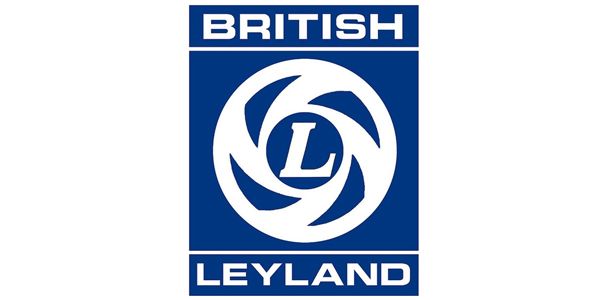Leyland Tractor Specifications
Discover Horsepower and Specs of Leyland Tractors
Created from the merger of the British Motor Corporation and Leyland Motors, Leyland Tractors came into existence in 1969 when British Leyland acquired BMC's tractor operations. Leyland tractors were known for their robust design and efficiency, becoming a significant part of British agricultural machinery. However, the brand's independent existence was relatively short-lived. In 1981, Leyland Tractors was sold to Marshall and Sons, who decided to retire the Leyland name and continue production under the Marshall brand.
| Tractor Model | Tractor Horsepower | Year of Manufacture |
|---|
| 28 hp | 1970 to 1984 |
| 100 hp | 1972 to 1980 |
| 28 hp | 1982 to 1984 |
| 50 hp | 1972 to 1984 |
| 47 hp | 1972 |
| 60 hp | 1972 to 1976 |
| 60 hp | 1976 to 1984 |
| 75 hp | 1972 to 1976 |
| 71 hp | 1976 to 1984 |
| 82 hp | 1979 to 1981 |
| 85 hp | 1972 to 1980 |
| 59 hp | |
| 75 hp | 1969 to 1972 |
| 58 hp | 1979 to 1984 |
| 70 hp | 1973 to 1976 |
| 71 hp | 1979 to 1982 |
| 82 hp | 1979 to 1981 |
| 68 hp | 1982 to 1984 |
| 68 hp | 1982 to 1984 |
| 91 hp | 1983 to 1984 |
| 91 hp | 1982 to 1984 |
| 82 hp | 1981 to 1982 |
| 82 hp | 1981 to 1982 |
Explore Leyland tractor models to find the right attachments for your machine. Understanding your tractor’s specifications—such as horsepower, weight, hydraulic system, and hitch compatibility—ensures you choose implements that maximise efficiency and performance.
Our experts are on hand to help you select the right implements for your Leyland tractor, ensuring the perfect fit for your needs. Whether you’re looking for trailers, mowers, tillers, or other attachments, we can guide you in making the best choice.
Disclaimer: The information provided on this page may be less than 100% accurate. Always check the manufacturer's official manual.
